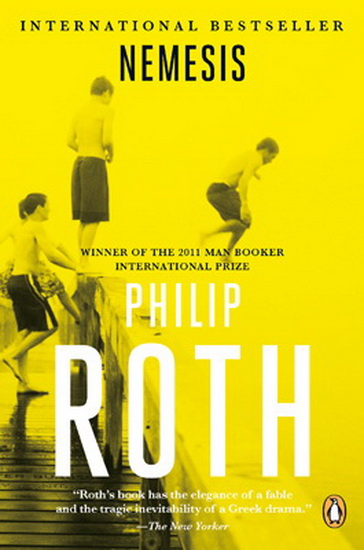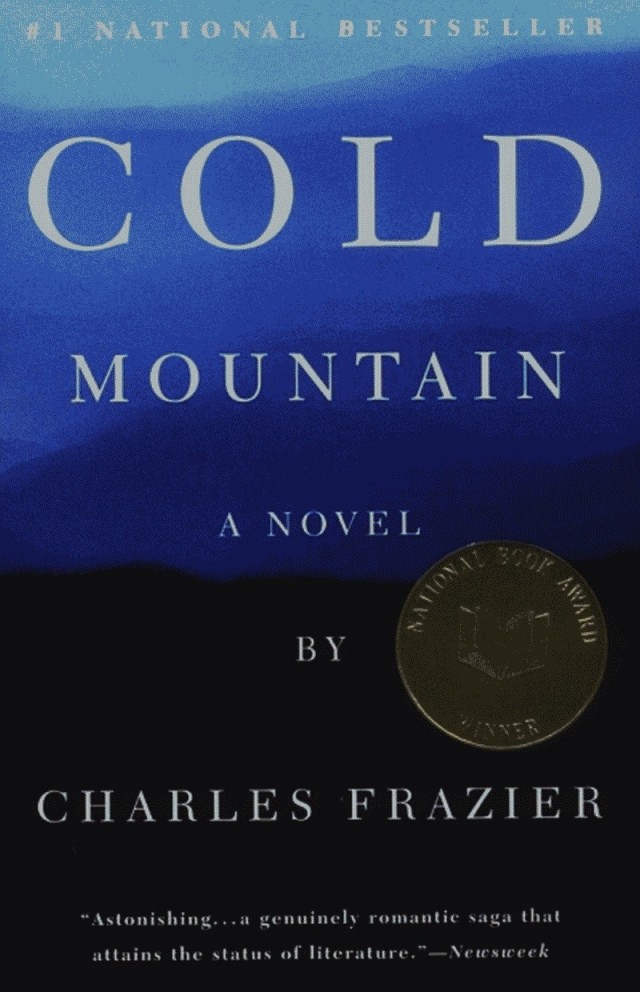
I’ve had Jacqueline Woodson’s novel(la) If You Come Softly (published in 1998) on my piles for almost ten years. When I discovered her name on this year’s Women’s Prize For Fiction Longlist, I decided it was finally time to read it. I was a bit surprised to find her on that list, as I thought she only wrote books for Young Adults and I don’t seem to remember having seen any YA titles on the past lists. I suppose, one could also call Red at Bone a YA novel, as the protagonist is a young woman.
I know, a lot of people shy away from reading YA literature but that’s a real shame as one can find some of the most original writing under that label.
The epigraph to If You Come Softly and the title are taken from a poem by Audre Lorde
If you come as softly
as the wind within the trees
You may hear what I hear
See what sorrow sees
I couldn’t think of a better epigraph to set the tone and capture the mood of this beautiful, mournful book.
If You Come Softly tells the love story of Jeremiah and Ellie. They fall in love at first sight on their first day in their new private school. Ellie lives with her parents in a huge flat overlooking Central Park. Jeremiah is from Brooklyn. He too, is from a rich family. His dad is a famous film director, but nobody at his new school knows that. Nobody even thinks that Jeremiah’s family has money, they think he attends the expensive school because of a scholarship. Why would they think that, you may wonder? Because Jeremiah is black, and this school is mostly white. And so is Ellie who is white and Jewish.
These two young people couldn’t care less about the colour of their skin and, while they think it might be difficult to be together, they do not expect it to be this difficult.
This is a very short book and I’m still surprised it manages to be so deep. Love at first sight stories often don’t work but this one does. Woodson conveys the feelings so well. There’s something magical about Jeremiah’s and Ellie’s love. And it’s exactly that soft, mellow magic that stands in such stark contrast with the world these two live in.
Towards the end, when Jeremiah is on his way to visit Ellie, there’s a very short passage that punched me in the gut.
He hated lying to his father. Yes, he did go to Central Park, but it was to hang out with Ellie- to sit and talk with her for hours and hours.
“You be careful over there. No running.”
Ever since he was a little boy, his father had always warned him about running in white neighbourhoods. Once, when he was about ten, he had torn away from his father and taken off down Madison Avenue. When his father caught up to him, he grabbed Miah’s shoulder, Don’t you ever run in a white neighbourhood, he’d whispered fiercely, tears in his eyes. Then he had pulled Miah toward him. Ever.
I think this passage hit me so hard, because as a reader one instinctively understands, on a very visceral level, what it means: One senses how scary it must be to be a black person in a world where even running can be dangerous.
As I said before, this is a short book but it’s powerful and tightly written. You won’t find a superfluous word or passage. Only key scenes that manage to move and touch.

I can see why Jacqueline Woodson won so many awards. I’m pretty sure, I’ll read more of her. She might even become a favourite writer.
A word about the cover – Since I bought my book ten years ago, the cover I added, is the old cover. Sadly, they have changed it meanwhile. This one worked so well on so many levels.






